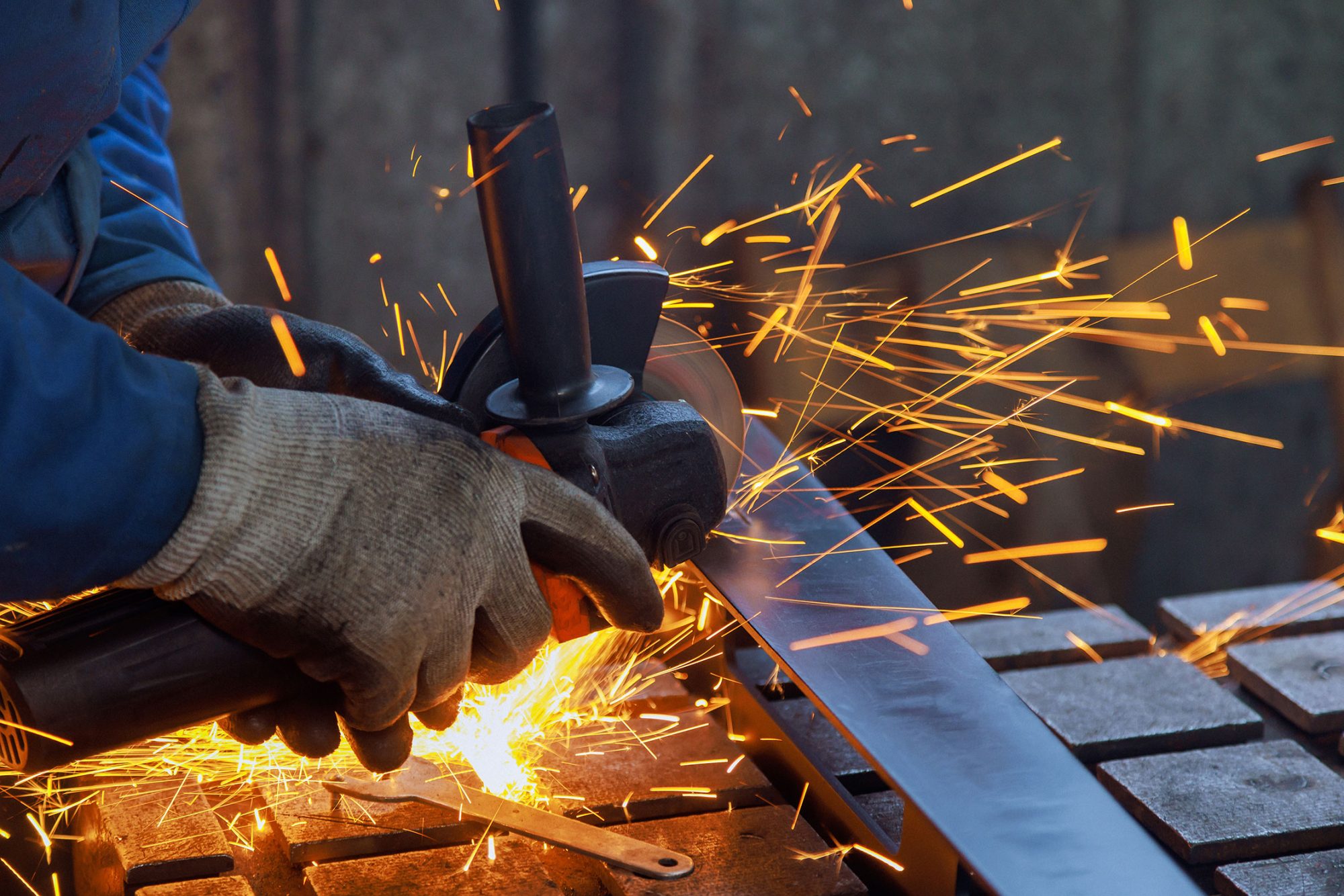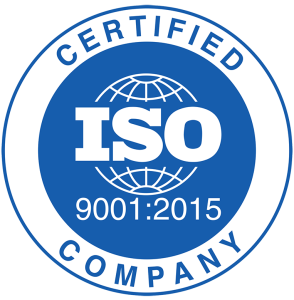Tubing is something we use daily for all sorts of purposes, but not every tube is suitable for each individual application. Sometimes, a specialist design is needed, and it is here where our company stands above all others. As one of the most highly regarded suppliers of ERW steel tubes West Midlands clients can work with, we are the people to call if you need bespoke tubing.
Although similar, ERW and HFW steel tubes possess a myriad of differences that make them fitting for particular projects and not others. Many of these dissimilarities can be found within the welding processes used to create them. So that you can acquire an understanding of what it is you are working with, we have noted down some of these divergences.
During the ERW welding operation, heat is produced via the resistance to the current motion that moves throughout the jointed metallic materials. Because this is the case, a substantial degree of electricity is required to electrify your coil or steel plate’s entire facet to the welding length. Whilst this procedure is occurring, the electric current that makes its way through the conductor stands at 50/60 Hz.
With HFW welding actions, things don’t quite work the same during the high frequency phase. This is because only a small segment of the metal is heated through the electric coil induction. The AC or the DC current fabricates the high frequency in this scenario. In such instances, the constant voltage high frequency and constant current welding generators are utilised.
At Union Steel Tubes, we have become the number one source of ERW steel tubes West Midlands individuals can purchase from. This position is thanks to the quality of our tubing products as well as the vast array of options we provide. No matter what your specifications are, we will do everything we can to supply you with the items necessary to meet them.
If there are details you’d like to discuss with our team, you can either email the business or phone us.


